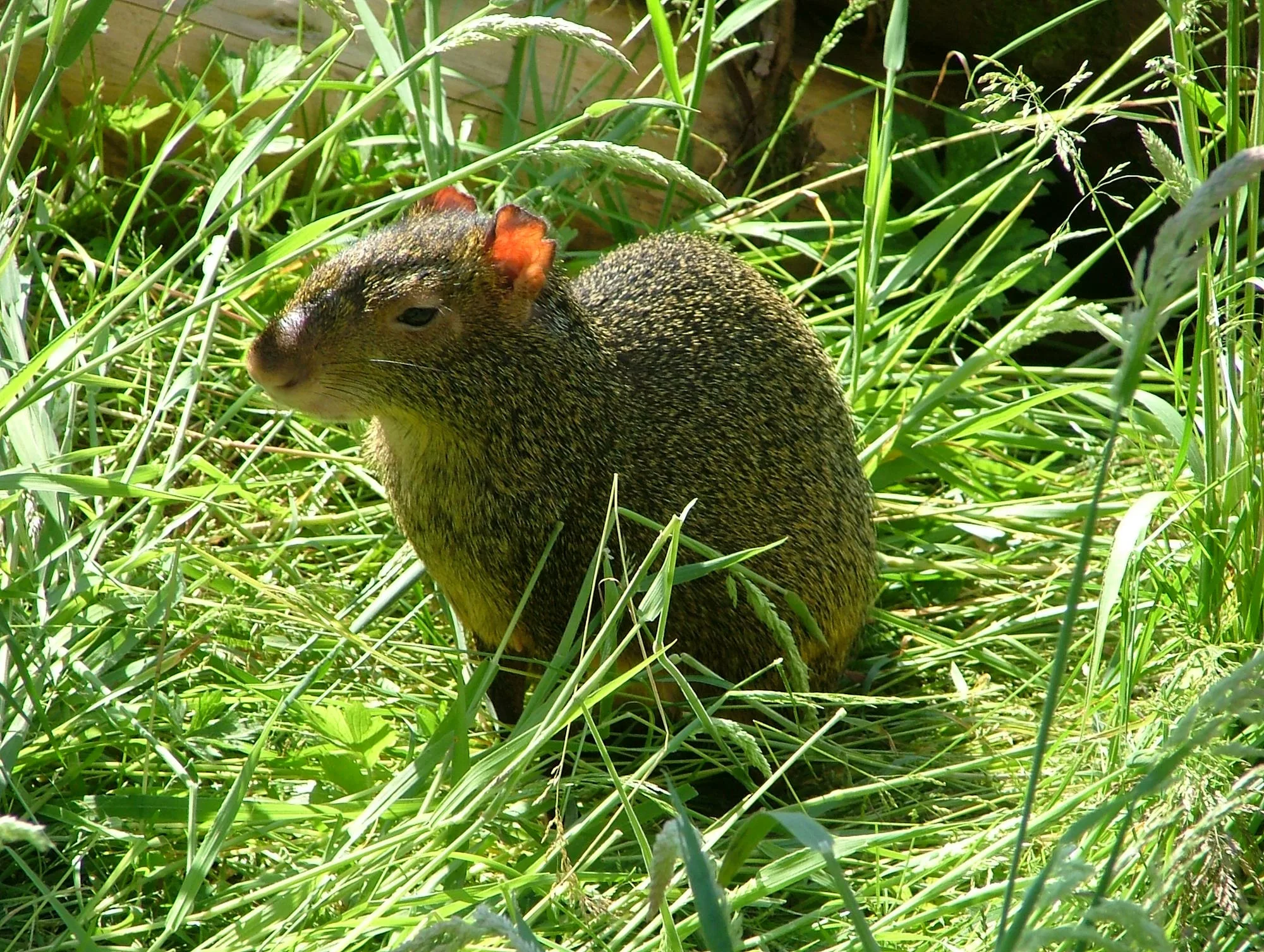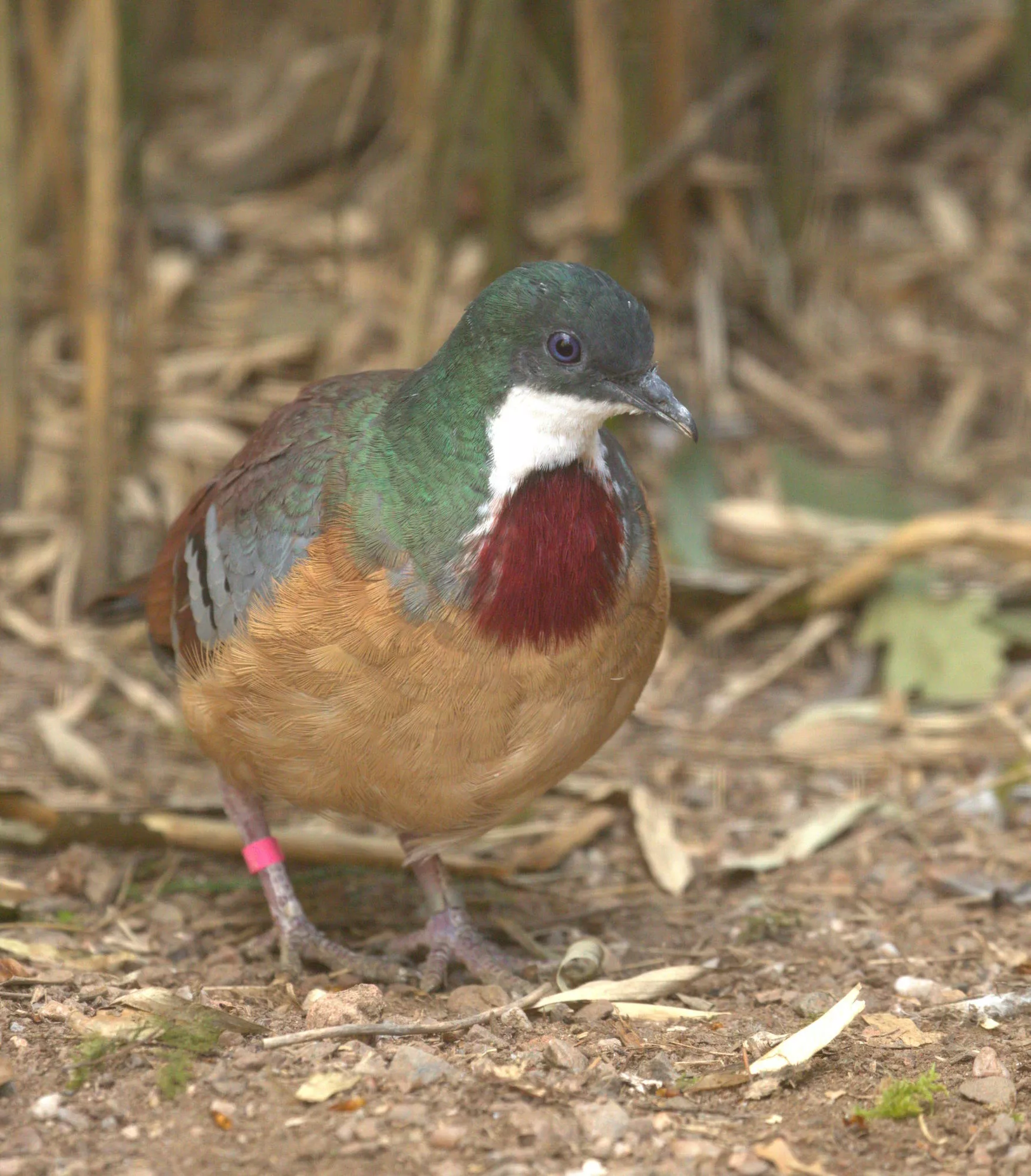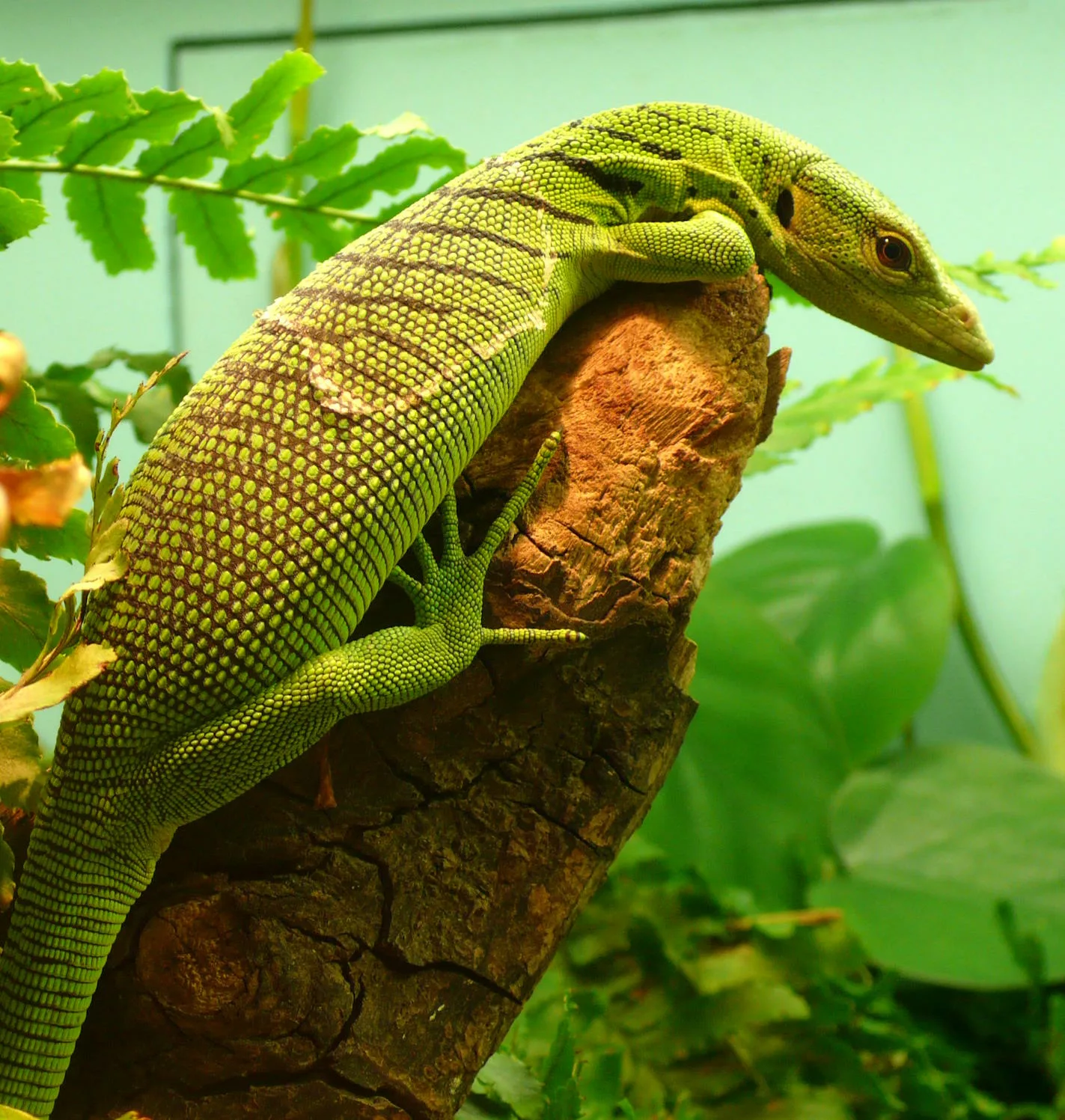
Parma wallaby
Scientific name: Notamacropus parma
IUCN listed as: Near Threatened
Learn before you visit!
Here are some facts about the species – Discover what they eat, find out about their natural habitat, see what they like to do, and more… Set the reading style to suit you too, everyday speak or something aimed towards children.
Child-friendly
Everyday
Diet
The Parma Wallaby primarily feeds on a variety of grasses and herbs. It is a nocturnal feeder, grazing primarily at night. This diet is supplemented occasionally with leaves from shrubs and small trees. The wallaby’s digestive system is well adapted to handle fibrous plant material, ensuring they get necessary nutrients. During the day, they rest in dense vegetation to avoid predators and the heat.
Parma Wallabies eat grasses and herbs at night. They sometimes eat leaves from bushes and trees. Their stomachs are good at digesting tough plants. During the day, they hide in thick bushes to stay safe.
Breeding
Breeding for the Parma Wallaby can occur year-round, but there is often a peak in births during the wetter months. After a gestation period of about 35 days, a single joey is born and immediately moves to the mother’s pouch. The joey remains in the pouch for around 30 weeks, continuing to nurse even after it starts to venture out. Weaning is usually completed by about 40 weeks of age. This reproductive strategy helps maintain a stable population.
Parma Wallabies can have babies any time of the year, but most are born in the rainy season. A baby wallaby, called a joey, stays in its mother’s pouch for about 30 weeks. After that, it starts to come out but still drinks milk from its mother. By 40 weeks, the joey is fully weaned.
Habitat
The Parma Wallaby is native to the forests and woodlands of southeastern Australia, particularly New South Wales. They prefer habitats with dense undergrowth that provides shelter and open areas for grazing. These environments are crucial for their survival, offering protection from predators and food resources. However, habitat destruction due to agriculture and urban development poses a significant threat. Conservation efforts focus on preserving these habitats and creating protected areas.
Parma Wallabies live in forests and woodlands in southeastern Australia. They like places with thick plants to hide in and open spaces to eat. Their homes are being destroyed by farming and building. Protecting these places is important for their survival.
At the zoo
In zoos, Parma Wallabies are housed in enclosures that mimic their natural habitats, including grassy areas and dense shrubs for cover. Their diet in captivity includes a mix of fresh vegetables, hay, and specially formulated pellets. Zoos play an important role in the conservation of Parma Wallabies through breeding programs and public education. These efforts help raise awareness about the species and their ecological importance. Breeding programs also help maintain genetic diversity and support population stability.
In zoos, Parma Wallabies live in areas that look like their natural homes. They eat vegetables, hay, and special food pellets. Zoos help protect these wallabies by breeding them and teaching people about them. This helps keep their numbers up and educates people about their importance.
Behaviour
Parma Wallabies are solitary and shy animals, mostly active at night (nocturnal). They spend their days resting in thick vegetation and come out at dusk to graze. Their behaviour includes grooming, foraging, and using vocalisations to communicate. They are known for their strong hind legs, which they use for powerful jumps to escape predators. Their solitary nature helps them avoid detection by predators.
Parma Wallabies are shy and like to be alone. They come out at night to eat and hide during the day. They use their strong back legs to jump away from danger. They also use sounds to talk to each other.
Fun facts
- Night Feeders: Parma Wallabies are nocturnal and feed mostly at night.
- Pouch Life: Joeys stay in their mother’s pouch for about 30 weeks.
- Powerful Jumpers: They have strong hind legs for jumping long distances.
- Shy Nature: These wallabies are solitary and prefer to stay hidden.
- Threatened Habitat: They are near threatened due to habitat loss.
- Night Eaters: They eat at night and rest during the day.
- Pouch Babies: Baby wallabies stay in pouches for a long time.
- Strong Legs: They can jump far with their powerful back legs.
- Solitary Animals: They like to be alone and stay hidden.
- Need Protection: Their homes are being destroyed, so they need help.
More animals to discover at our zoo
Quick Links
Tickets & Prices
You can buy tickets for Exmoor Zoo securely online, as well as finding out more price options, discover offers, and more…
What’s on…
Exmoor Zoo hosts incredible Events all through the year. You can find out about what we’ve got in store here…
Routes & info
Like any great discovery, Exmoor Zoo can feel a little off the beaten path – but don’t worry – you can plan your journey with our recommended routes and other useful travel info.



























